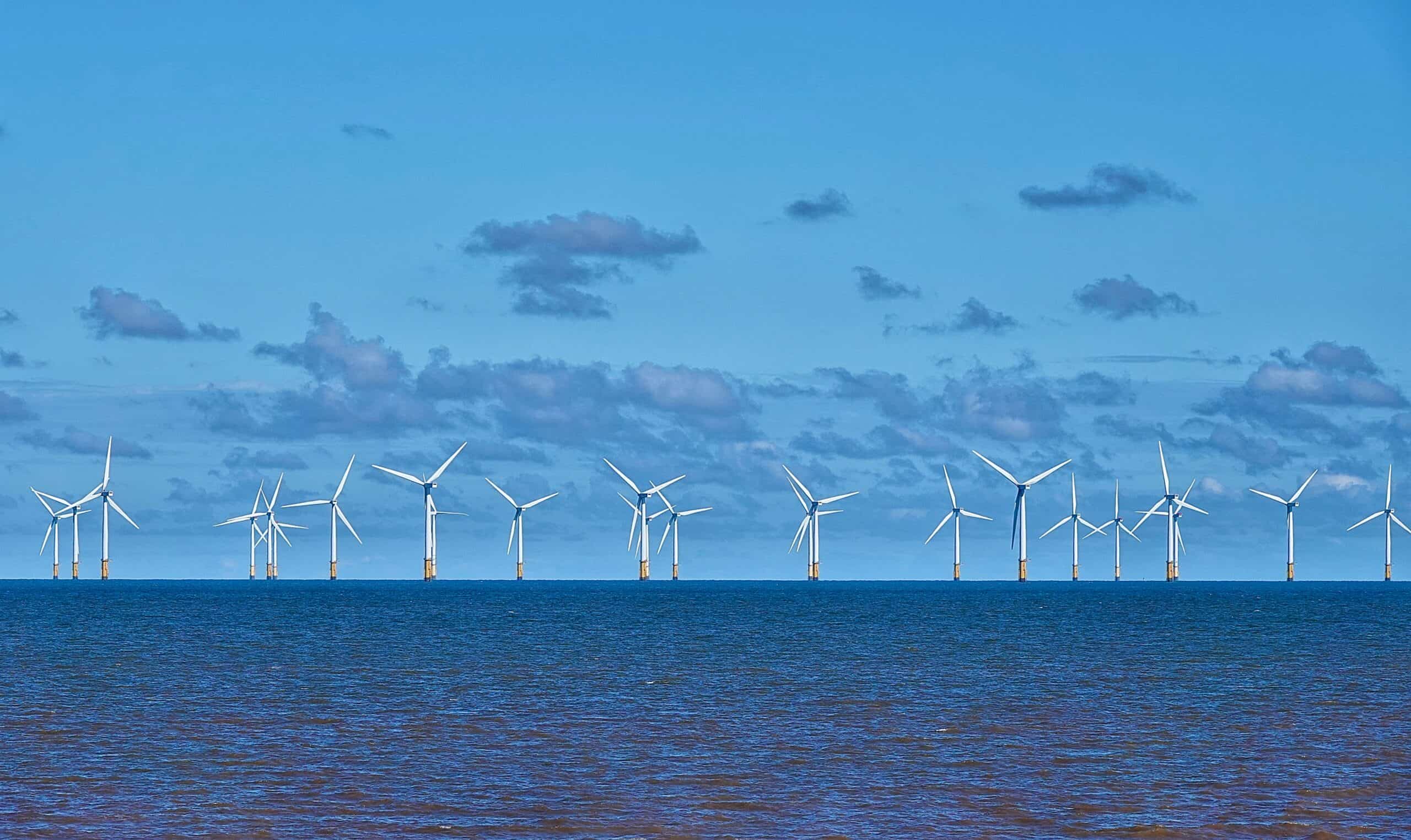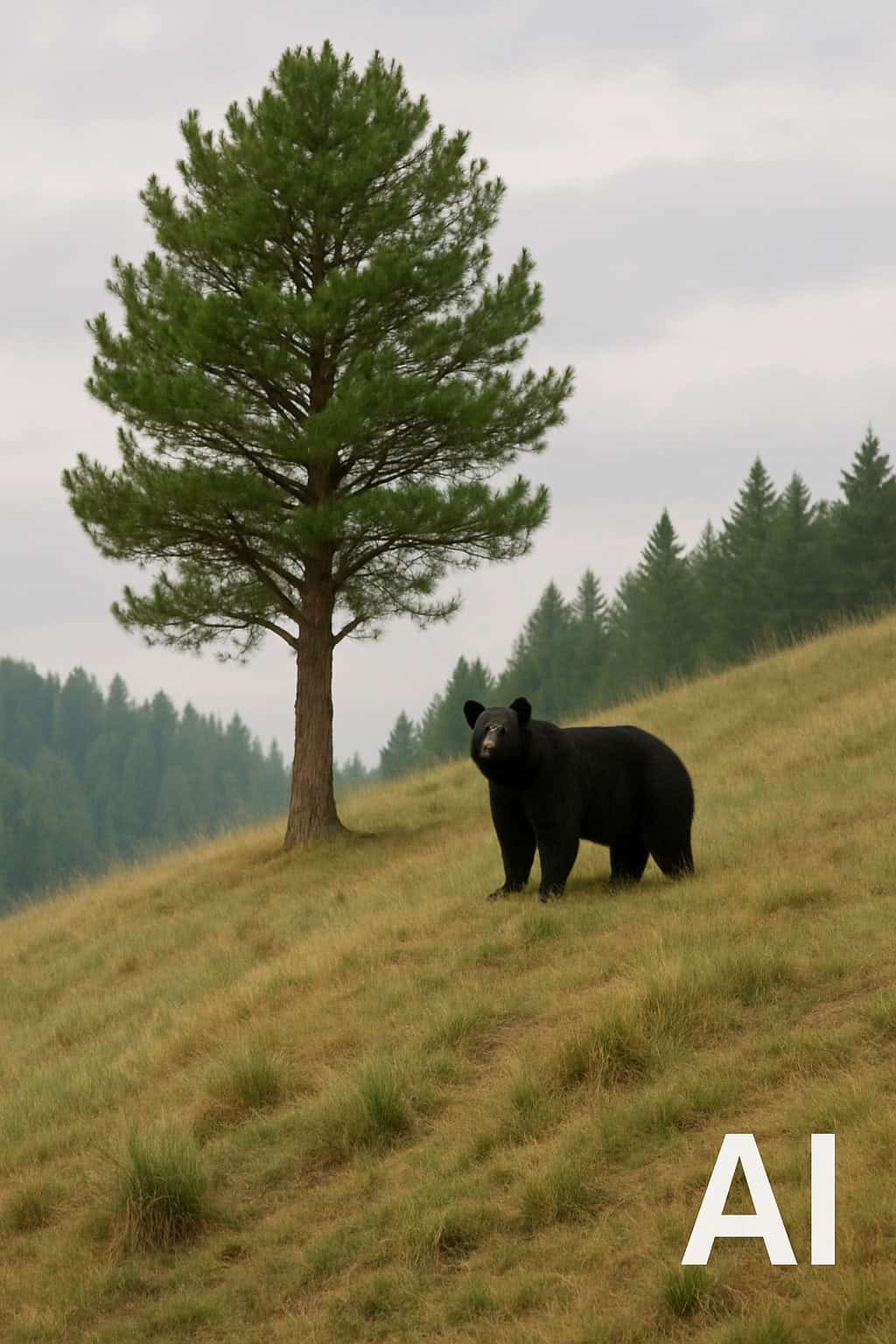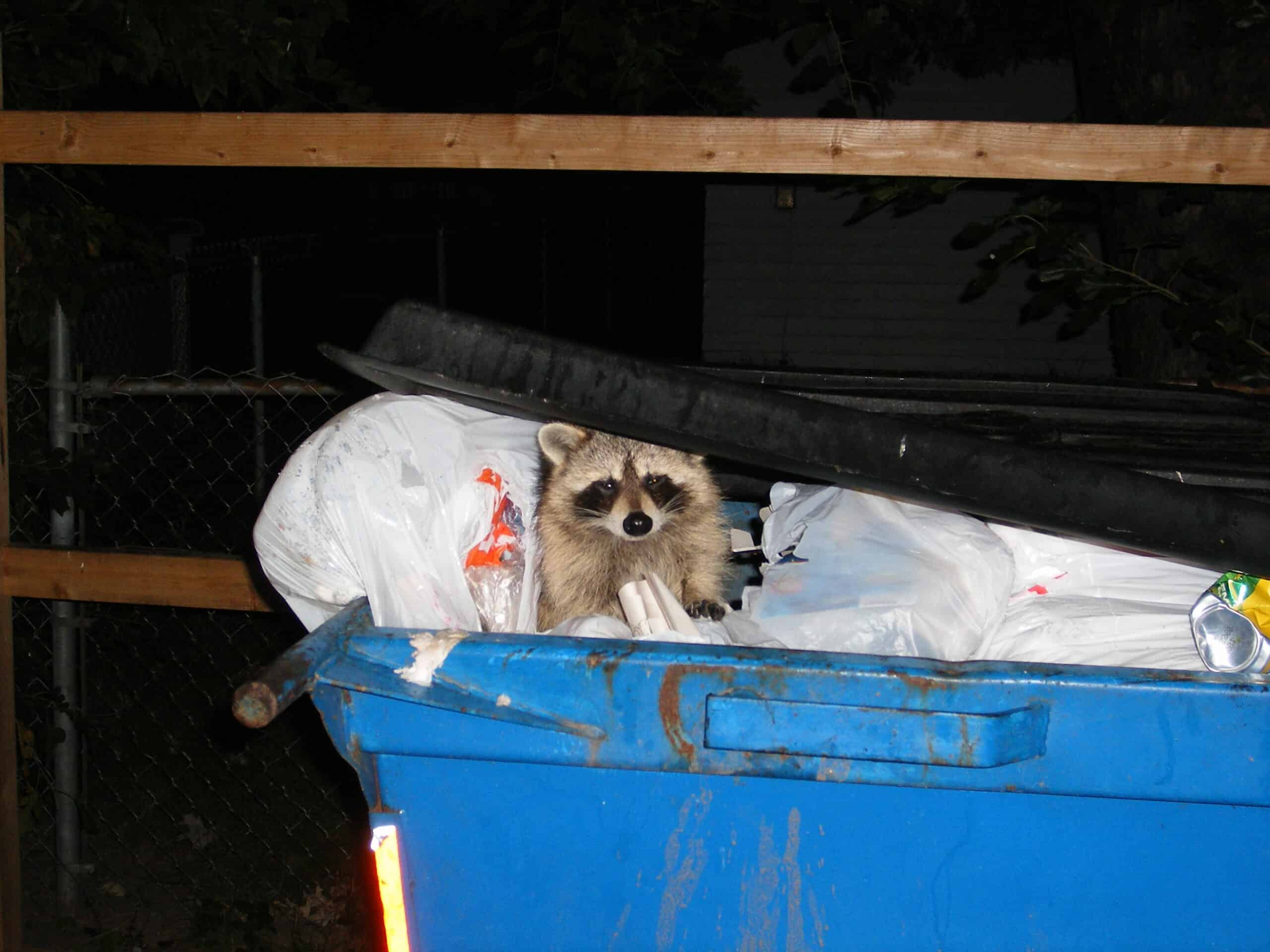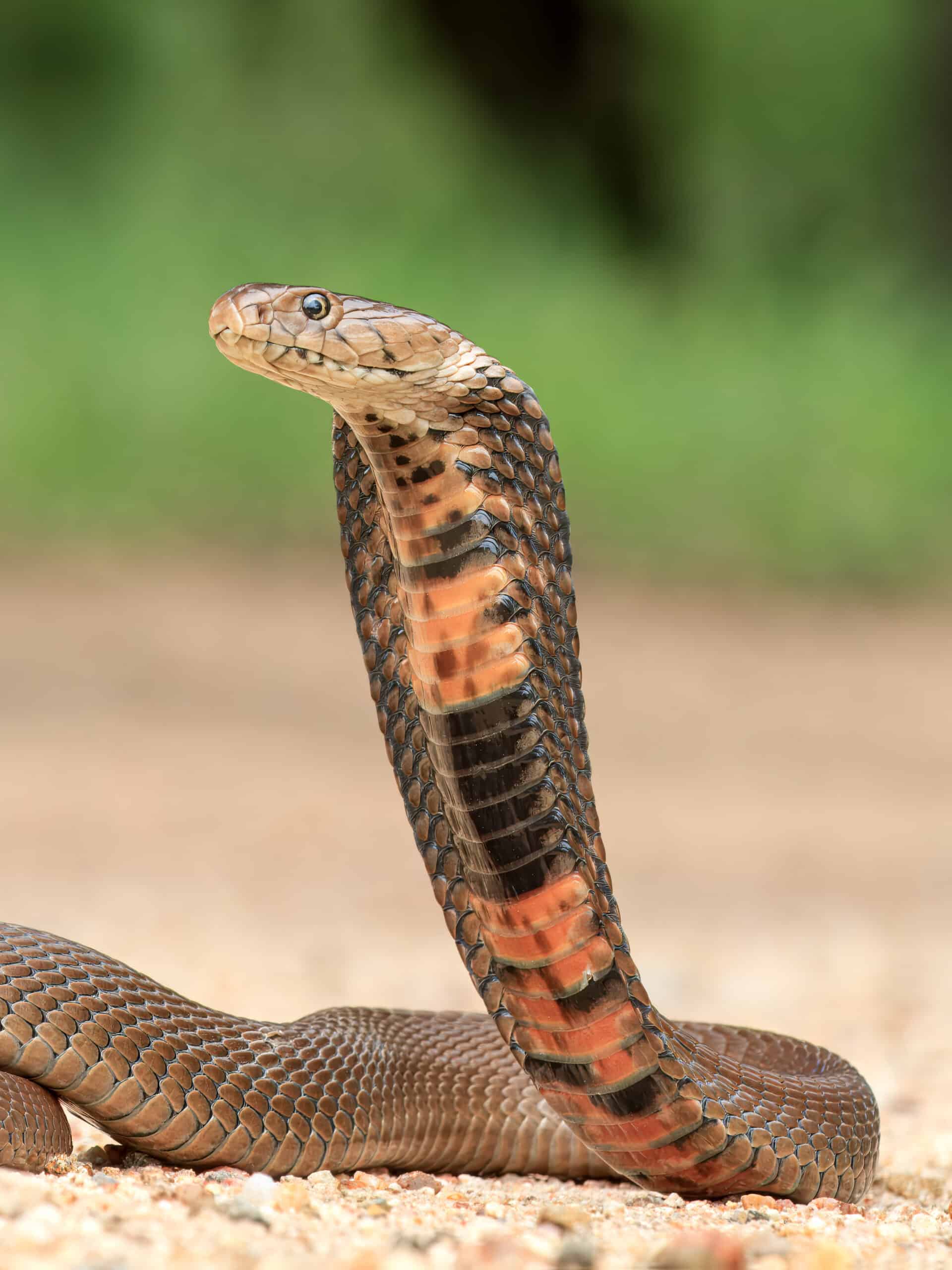Share this article
Wind energy experts gear up for 8th international conference
Scientists, consultants and developers from around the globe plan to meet in France in September
When researchers first observed raptors killed by turbines at a Northern California wind facility in the 1980s, concerns regarding turbine threats to wildlife emerged. Since then, these concerns have grown to include other taxa and across the entire globe.
Scientists now know that birds, bats and insects are all susceptible to mortality at wind facilities. But knowledge has also expanded about the indirect effects of turbines on wildlife, including habitat loss and fragmentation from development. And the challenge isn’t only on land. Researchers have documented offshore wind turbines affecting marine environments, too.
To address these types of issues in the U.S., organizations collaborated to create the National Wind Coordinating Collaborative in the mid-1990s. But as wind energy ramped up in other countries, the challenge quickly became a global one.
In response, the international research and conservation community formed the Conference on Wind Energy and Wildlife (CWW). TWS CEO Ed Arnett has been on the science advisory committee for this international conference since it began in 2011. Once again, he’ll help shape the upcoming conference scheduled to take place in Montpellier, France, this September.
“This conference brings together researchers, consultants, developers and other experts from governments, NGOs, the wind industry and private firms to share current science and technological advancements,” Arnett said.
The 8th CWW will take place Sept. 8-12 with the theme “Coexistence in a Changing World: Sharing Existing Knowledge, Challenges and Emerging Solutions.”
Presenters will cover a wide range of topics at the conference, including lessons learned from studies in marine and terrestrial environments, species-specific, ecosystem and habitat effects, innovations to future challenges and emerging solutions, and more.
The 2025 CWW call for abstracts from researchers who would like to present is open until Jan. 31.
“A key goal for the CWW is to build upon what we’ve learned from each prior conference and continually improve on solutions for the coexistence of wind energy and wildlife in a rapidly changing world,” Arnett said. “The broad global network of specialists attending this conference creates an exceptional networking and information exchange platform to help achieve that goal.”
Arnett got involved with the conference when he was with Bat Conservation International, helping develop themes and program areas, reviewing abstracts, delivering keynote presentations and moderating sessions and panel discussions.
The first conference in Norway in 2011 drew participation from over 300 people from at least 30 countries. In 2023 in Croatia, the conference drew 634 participants from 46 countries, demonstrating the continued interest in this critically important topic for global conservation.
Header Image: Researchers, consultants, developers and other experts will convene in September to discuss how wind energy affects wildlife. Credit: Nina_Ali








